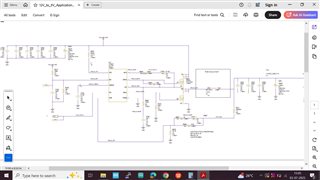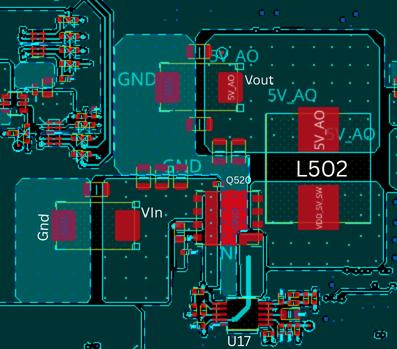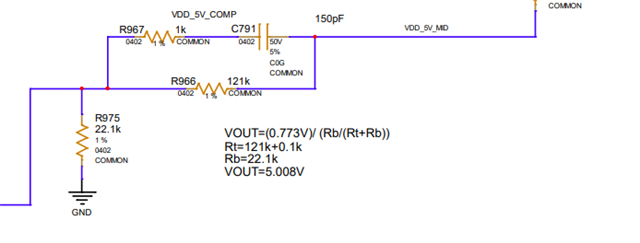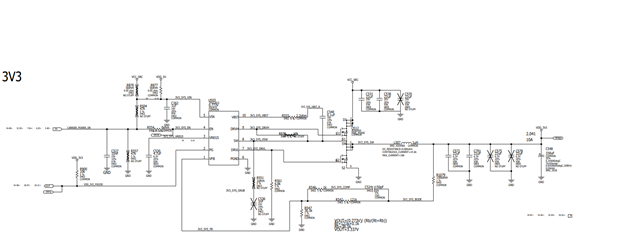Tool/software:
Hi Team,
As we are using the module TPS53015 as in our design for the application of 12V to 5V, we are not getting Expected output voltage as 5v, in this query i am sharing the Schematics we have used to get the 5V from the 12V
input.
In the schematics, VCC_SRC_FET is 12V,

please let us know, is there any wrong with the design






